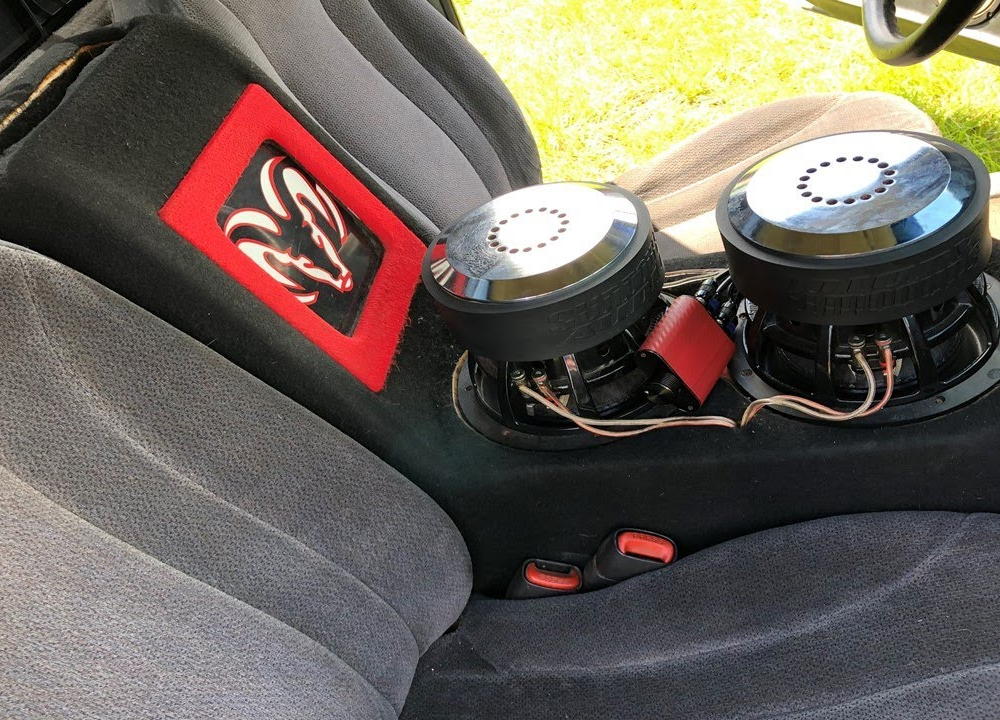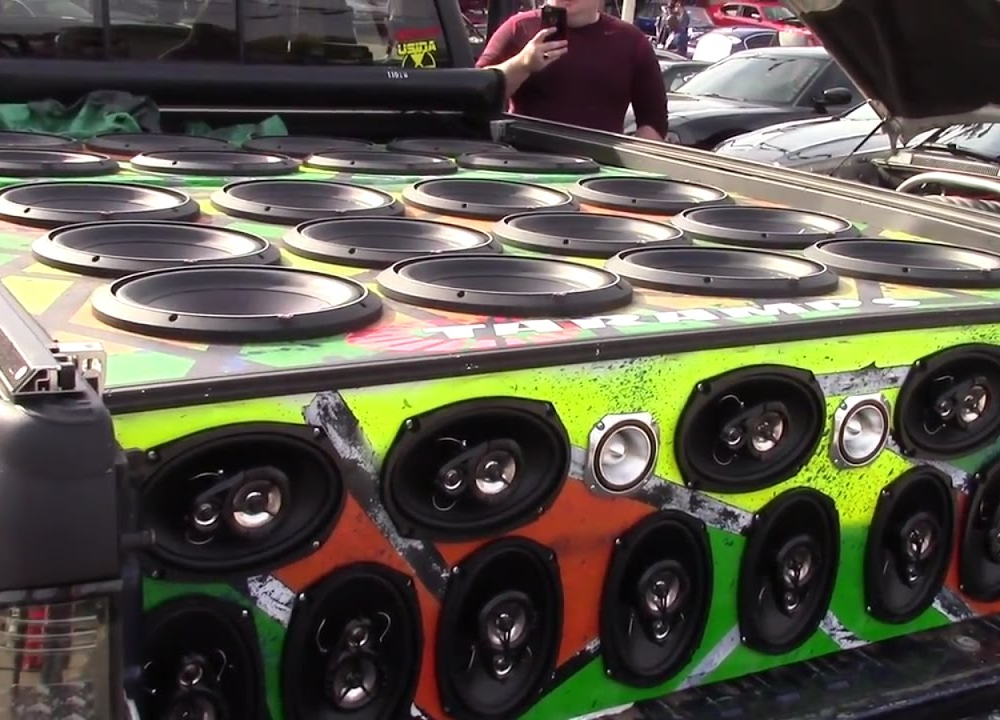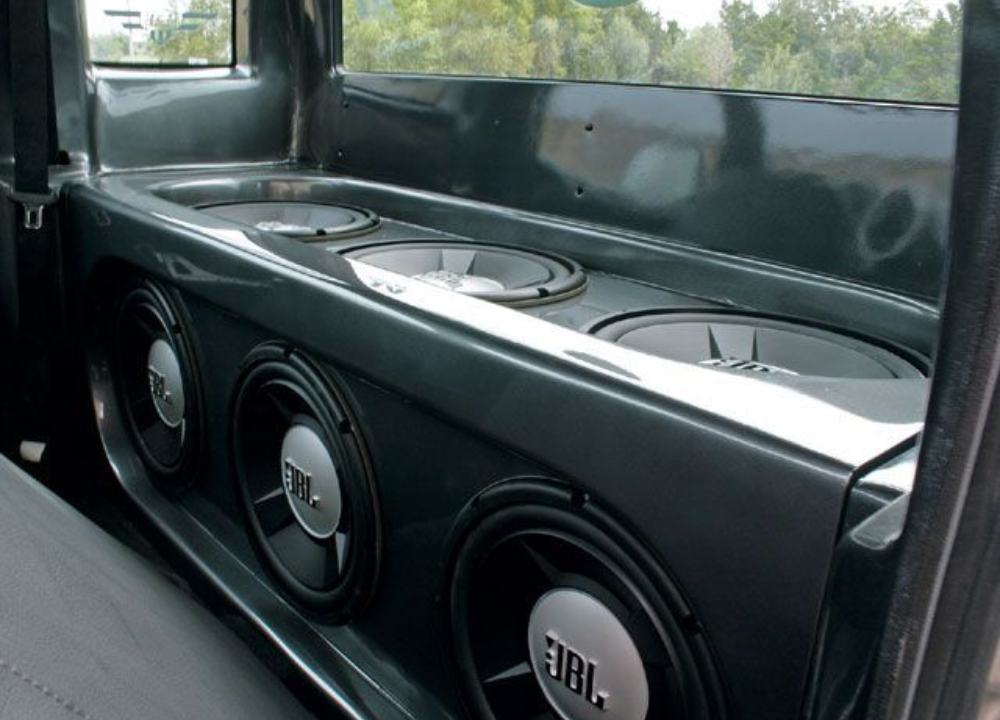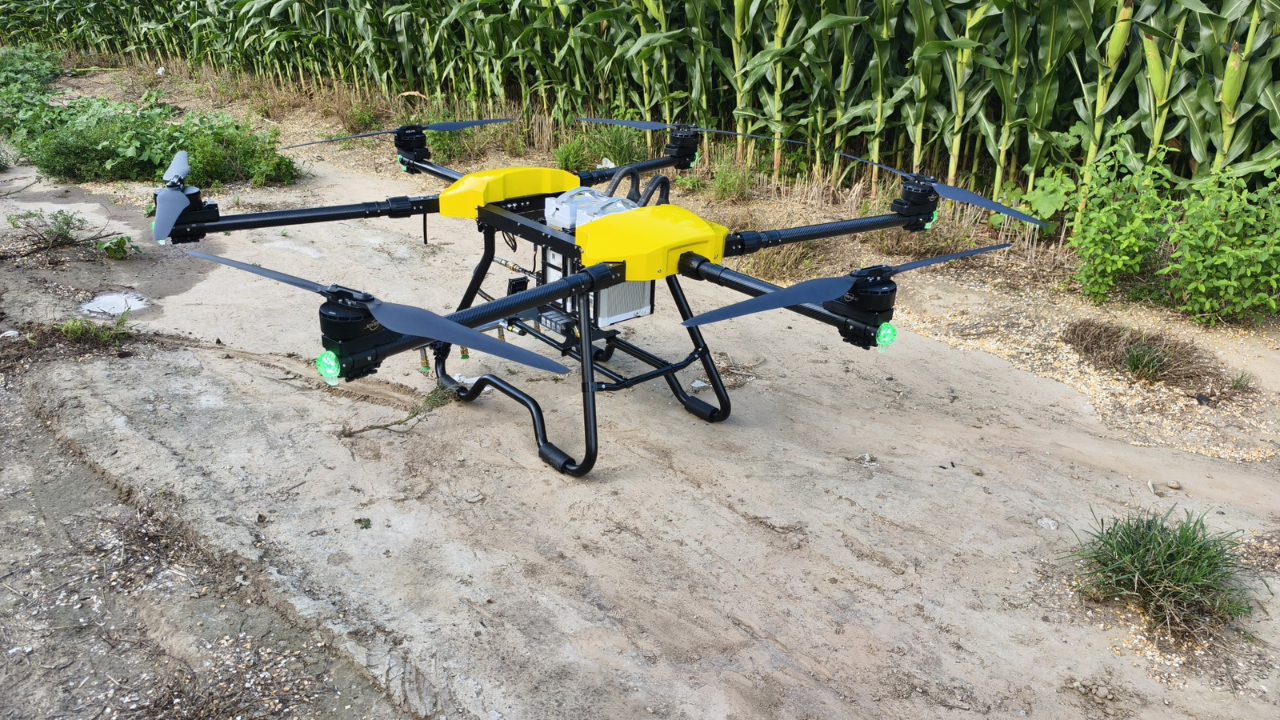To get the right subs for trucks is a trade-off when you are driving a truck and need deep chest-rumbling bass without having your freight turned into a subwoofer mausoleum. You have to have something that does not take too much space, that will work well at power sources, and that will provide decent low-frequency sound without distortion.
We have included size, power, mounting, and tuning, and provided the best products in this guide that are suitable for the truck setting.
Why Truck Audio Is Different

Trucks present some unique challenges and opportunities compared to cars:
- Limited cabin depth and box volume: especially with crew cabs or short beds, you often lack the space for big enclosures.
- More surface area to shake: bed walls, tailgates, bulkheads, etc., tend to buzz under heavy bass.
- Long distances & road noise: trucks often log more highway time; you’ll need subs to be efficient and controlled.
- Varying load & weight shift: adding cargo or passengers can affect acoustic coupling and resonance.
- Mounting constraints: you may have to run wiring through the firewall, around chassis elements, etc.
Hence, a “normal” car sub won’t always work well; you need one tuned for the rigors and spatial limits of a truck.
Space & Fitment Strategies in Trucks
You have a few deployment strategies:
Under-Seat Subwoofers
- Tucked under the rear bench or driver’s seat.
- Usually shallow, low-profile types.
- Pros: minimal intrusion, great for stealth.
- Cons: limited excursion, may heat up, more likely to rattle stuff.
Behind-Seat or Bed-Wall Mounts
- Mount a sub box behind the cab wall or behind the rear seat.
- Larger volume possible, easier to access wiring.
- Watch out for interfering with HVAC, seat mechanisms, etc.
Enclosures vs Stealth Boxes
- Custom-fit “stealth” boxes can be molded to existing contours to maximize volume while minimizing wasted space.
- Avoid “one-size-fits-all” boxes that waste precious truck real estate.
Sound Treatment & Vibration Control

Even a superb sub will sound bad in a cabin that rings and rattles.
- Use damping/deadening materials (e.g., Dynamat, HushMat) on tailgates, door skins, and interior panels.
- Bracing the panels (especially the rear wall) helps reduce flex and “wobble.”
- Secure all internal trim, wiring, and hardware. Loose bits resonate under heavy bass.
- Use foam or gasket material around sub mounting holes to prevent leaks or harsh reflections.
Tuning and Crossover Best Practices
You can ruin a good sub with bad tuning more effectively than by using a bad sub.
- Set a low-pass filter (often between 70 and 120 Hz) depending on your front speakers and acoustics.
- Use a steep roll-off slope (like 12 dB/octave) to prevent overlap and muddiness.
- Adjust gain gradually: use pink noise and an SPL meter or calibrated test tones.
- If available, use a digital signal processor (DSP) or parametric EQ to flatten peaks or dips.
- Be mindful of phase/polarity: flip it if doing so improves integration.
Electrical & Supply Considerations
Cranking subs draws serious current. Neglecting your power system is a major mistake.
- Consider upgrading to a high-output alternator if you’re adding large subs and amps.
- Use adequate gauge wiring (e.g., 4 AWG, 2 AWG, or even 0 AWG) based on the system’s current demands.
- Install a capacitor or power reservoir if voltage drop becomes an issue.
- Always fuse close to the battery, and ensure clean ground paths (short and thick ground wires to the chassis).
- Consider adding a high-current distribution block if you have multiple amplifiers and subs.
Top Subwoofer Models to Consider (for Trucks)
Below are some standout subs (shallow, high excursion, or powered) that tend to perform well in truck settings (based on reviews and specs).
Shallow/Low-Profile Sub Options
- Kicker CompRT/CompR shallow models are known for compact depth and decent output (common in car/truck installs). World Wide Stereo +1
- MB Quart DS-series slim subs (e.g, DS1-304) often pop up in truck setups. Best Buy
- Stereo Integrity BM11 users mention it in truck builds due to accommodating fit and box size specs.
Full-Depth/High-Excursion Subs (When You Want “More”)
- Kicker L7 / L7S series: powerful, iconic subs with big displacement.
- Focal SUB 25 KXE (10″): a top-tier, high-end option praised for clarity and output.
Powered/Active Sub Solutions
- Pioneer 10″ active sealed subwoofer (built-in amplifier) is one of the examples of compact powered solutions. Best Buy
- The JBL BassPro Nano is a small powered subwoofer often mentioned in “best compact subs” lists.
Powered subs are great if you want a simpler install (amplifier built in), though you might trade off some output vs. matched amp + sub combos.
How to Choose Based on Your Use Case
| Use Case | Recommendation | Reasoning |
| Daily music enjoyment, modest volume | A 10″ shallow sub in a sealed or compact ported box | Good balance, minimal space used |
| Bass-heavy genres, higher volume | 12″ or dual 10″ subs with matched amp | More cone area, higher headroom |
| SPL / sound competition | High-output subs (L7, etc.) + electrical upgrades | Needs power, stiff structures, and careful tuning |
| Leased or minimal-alteration preference | Powered sub or hide-under-seat solution | Less invasive wiring and structural changes |
Always design around your constraints (space, wiring, budget) and then pick the best sub that meets those.
Real-World User Feedback & Lessons Learned
From forums and user submissions:
- One user noted, “I was happy with my JL 10w1v2-4 in my F150 … box makes a big difference … Measure the interior chamber carefully.
- Another user chose Integrity BM11 in a stealth build, praising its accommodation to tight box specs and flexible wiring.
- On factory subs vs aftermarket upgrades: a truck owner said replacing a factory sub with a Kicker made “a huge improvement,” though attention was needed to balance crossover and avoid rattles.
Lesson: the subs are only one piece of the puzzle. Box design, tuning, structural control, and power delivery all matter strongly.
Conclusion
The decision to install subs for trucks is finer than that of cars. Tuning, reinforcement, tuning, and power, you have to juggle. A thin-walled 10″ or 12″ sub in a well-constructed, closed or adequately vented ported enclosure tends to be the most economical in trucks. More bass (or competition-quality bass) can be attained with high excursion designs (such as L7s) and reinforcement of your electrical and chassis designs.
Soundproofing and stiffening walls, floors, and doors, do not neglect this, as even the finest sub is unsound in a shaky cabin. Hardly anyone splits crossover, gain, and phase until you find them nearly perfect. In practice, nearly every great installation and an equal number of mediocre ones have been decided by design, preparation, and wiring.
Whether you tell me what model of truck you have (what make, what year it was made, what kind of bed/cab setup) and what you have in your budget, or what you want to achieve as your output, I can assist you in selecting the best subs to fit your truck.
FAQs
Q1: What size subwoofer is ideal for a typical truck?
For many trucks, 10-inch or 12-inch subs strike the best compromise between size and output. They are easier to mount and less likely to overwhelm the limited enclosure volume.
Q2: Can a shallow-mount sub provide deep low frequencies?
Yes, a well-designed shallow-mount high-excursion sub in a tuned box (sealed or ported) can deliver a surprisingly deep response given space constraints.
Q3: Should I choose a powered (active) sub for my truck?
Powered subs simplify installation by combining a woofer and amplifier. They’re great for basic or small setups, but for high-output setups, a separate amp + sub generally gives more flexibility and power headroom.
Q4: How much power (RMS) is enough for a truck sub setup?
Many truck subsystems perform well in the 500–1,000 W RMS range. Above that, electrical upgrades often become mandatory.
Q5: Will adding a sub require me to upgrade my alternator or battery?
Potentially, especially with high-power subs. If you notice voltage drop, dimming lights, or clipping, consider a higher-output alternator, thicker wiring, or energy reservoirs (capacitors).


